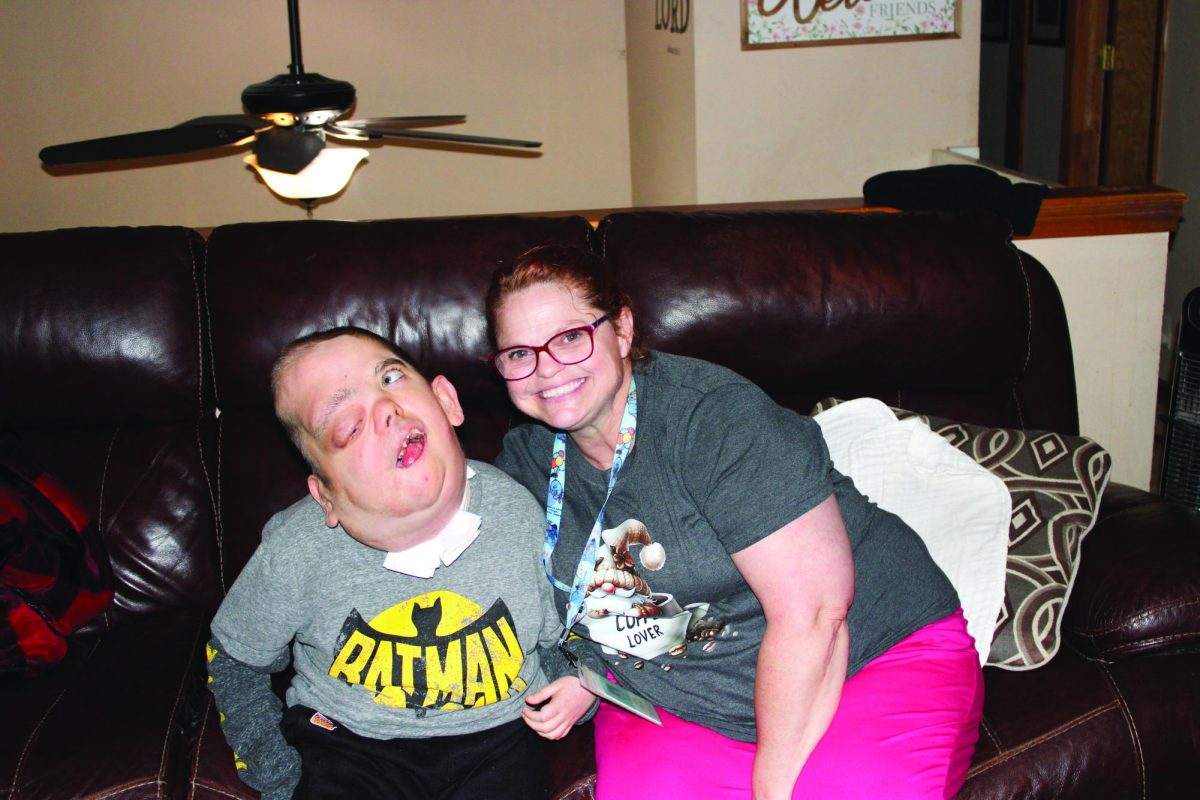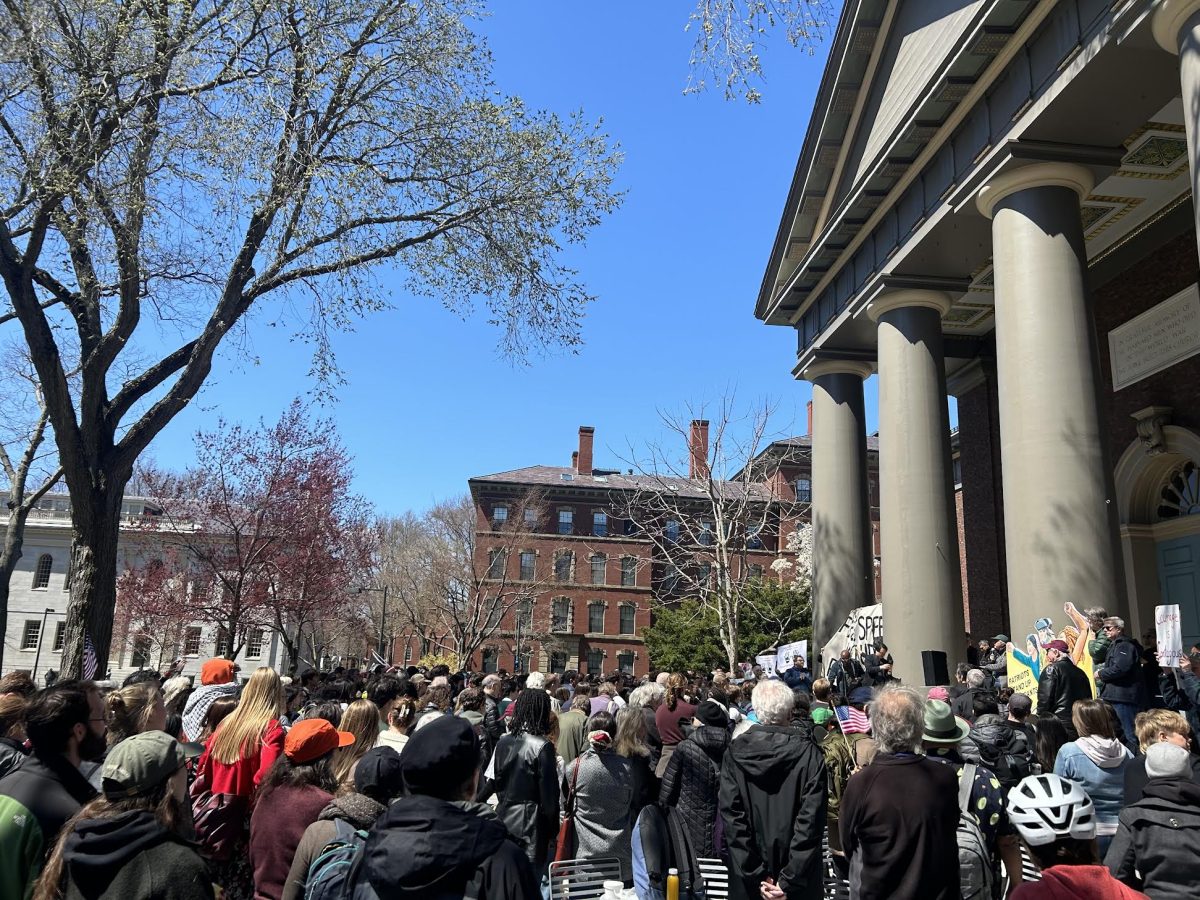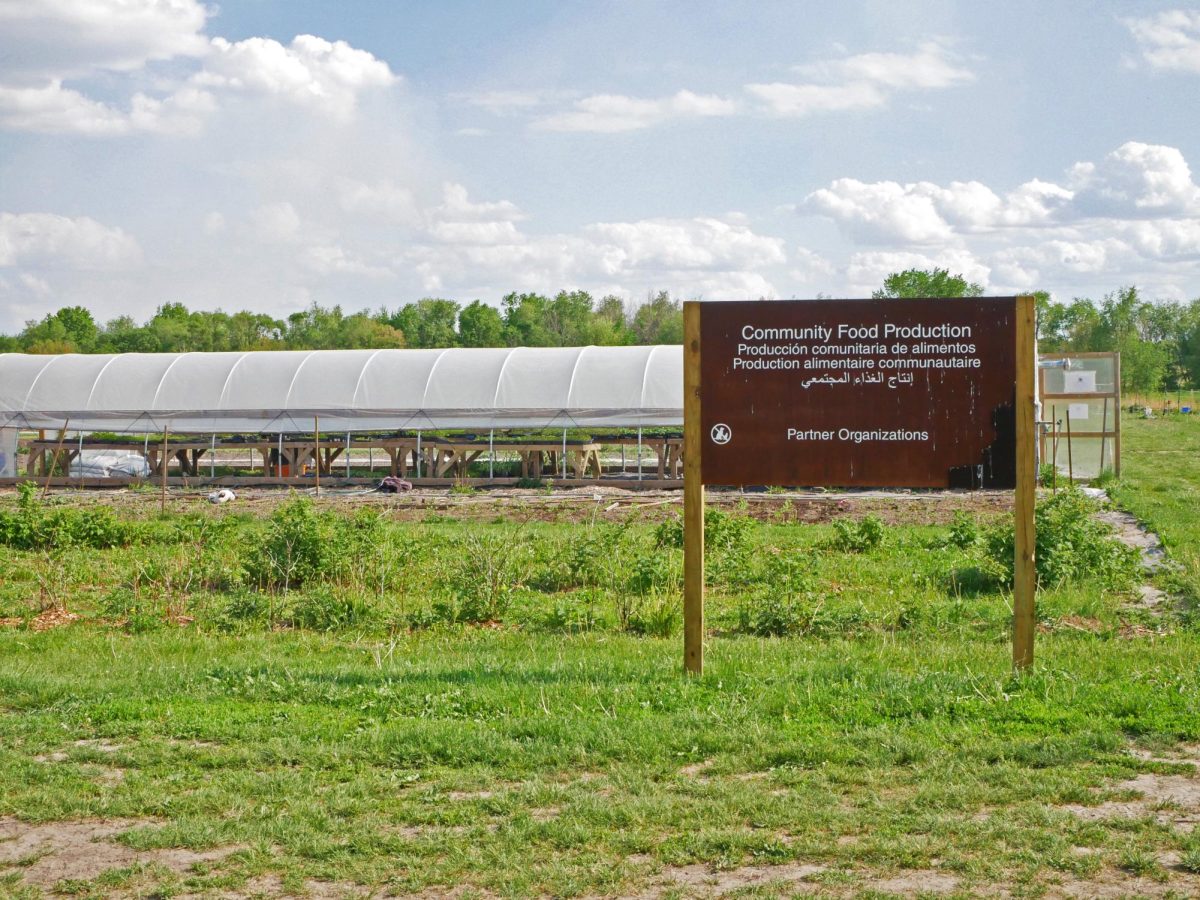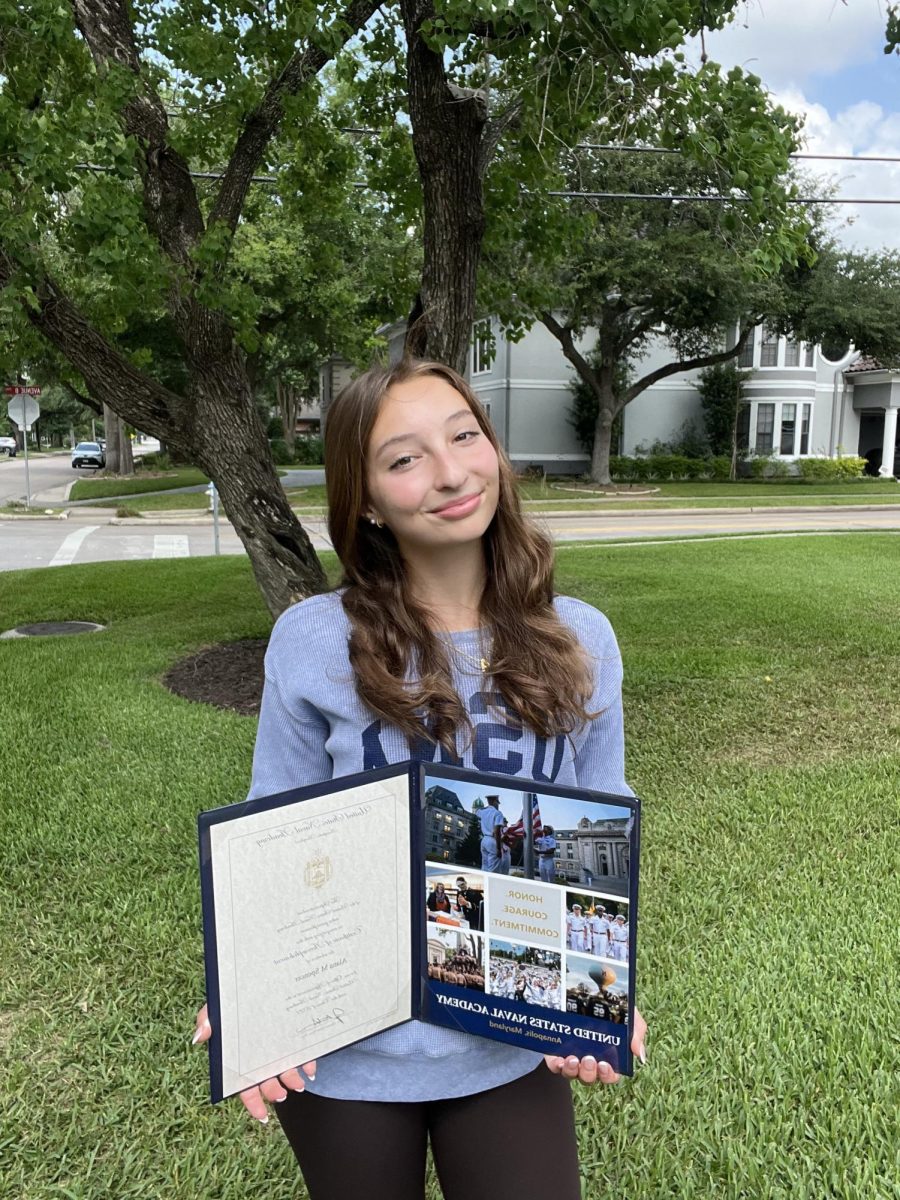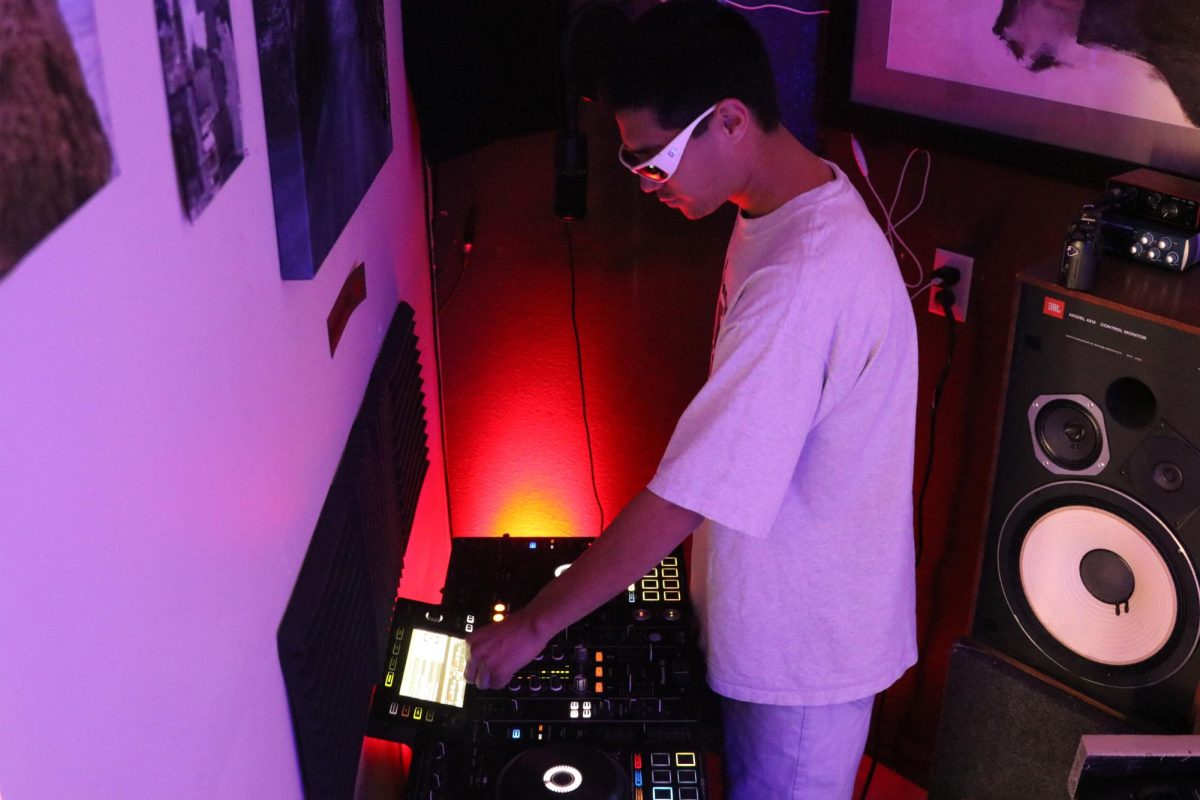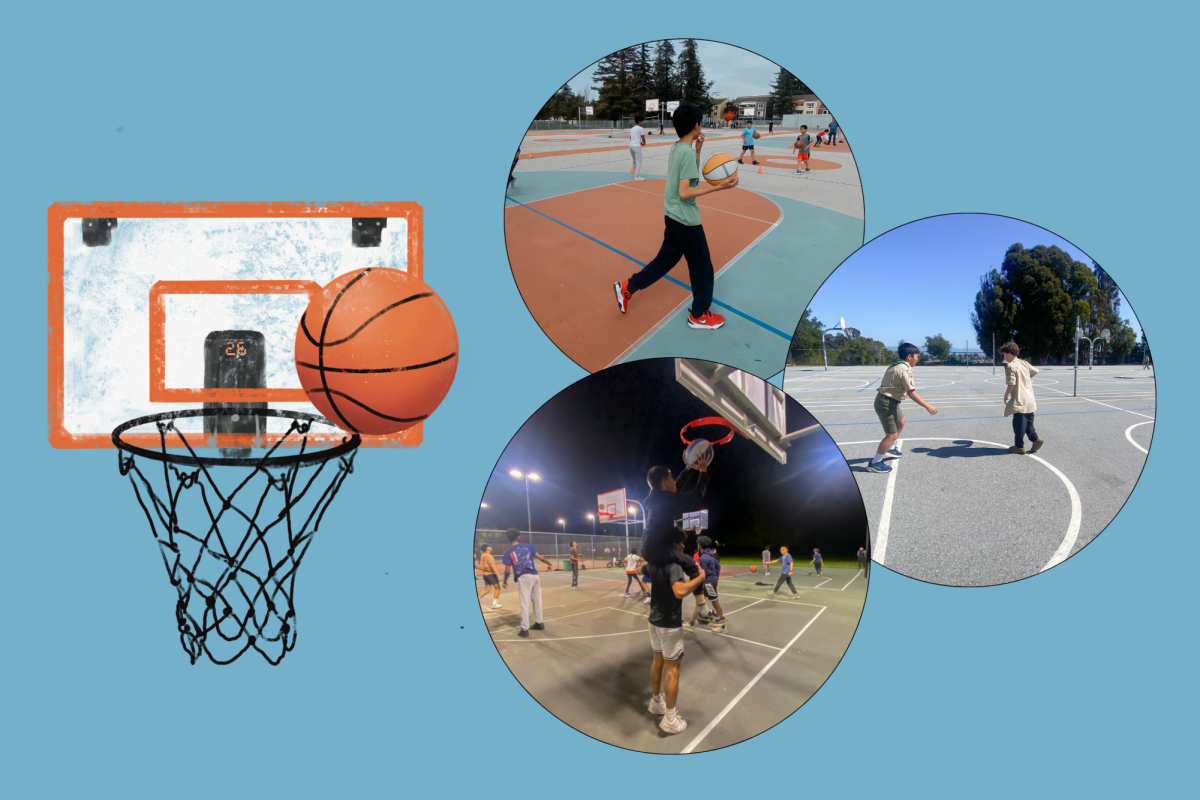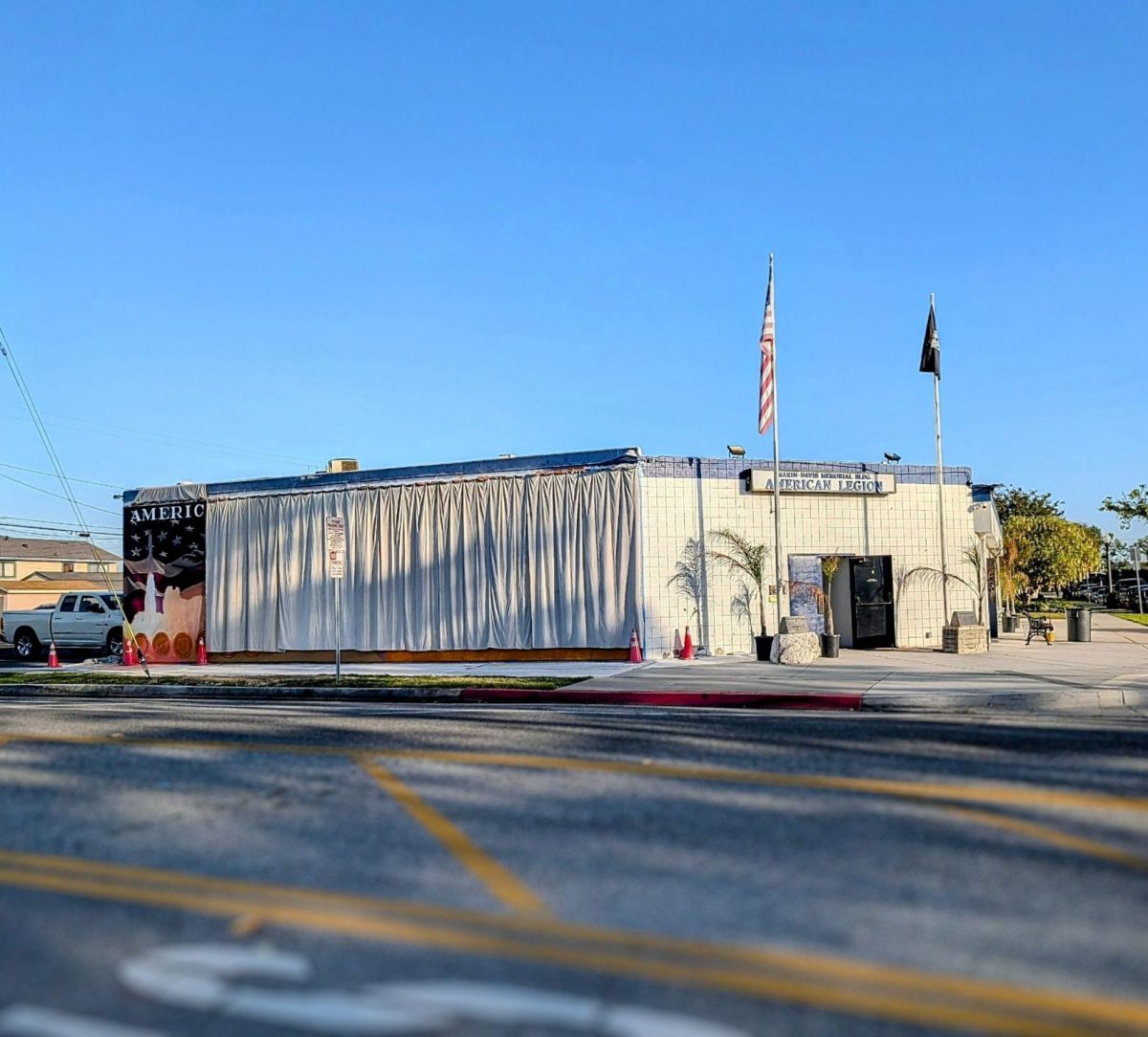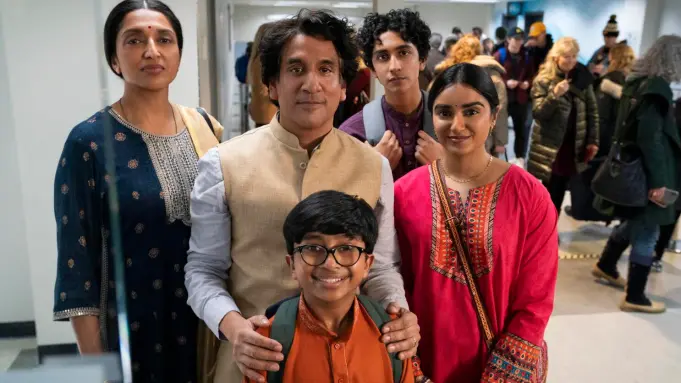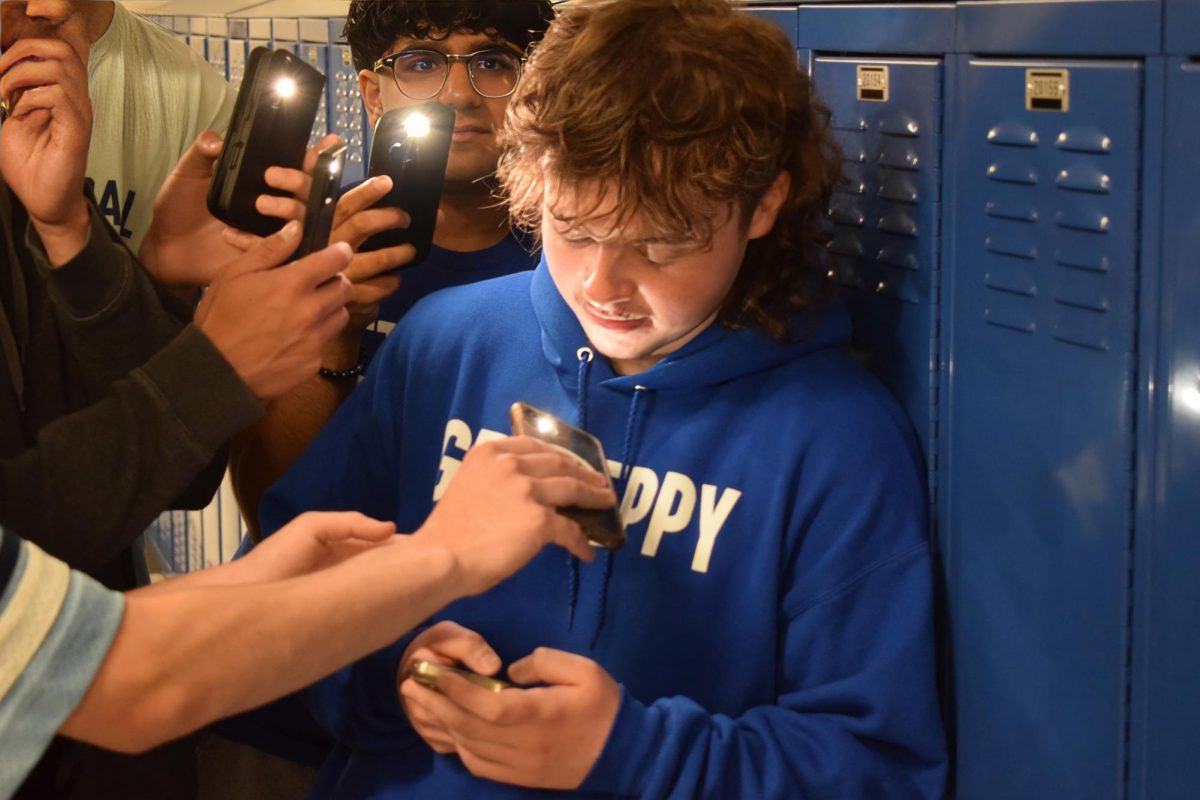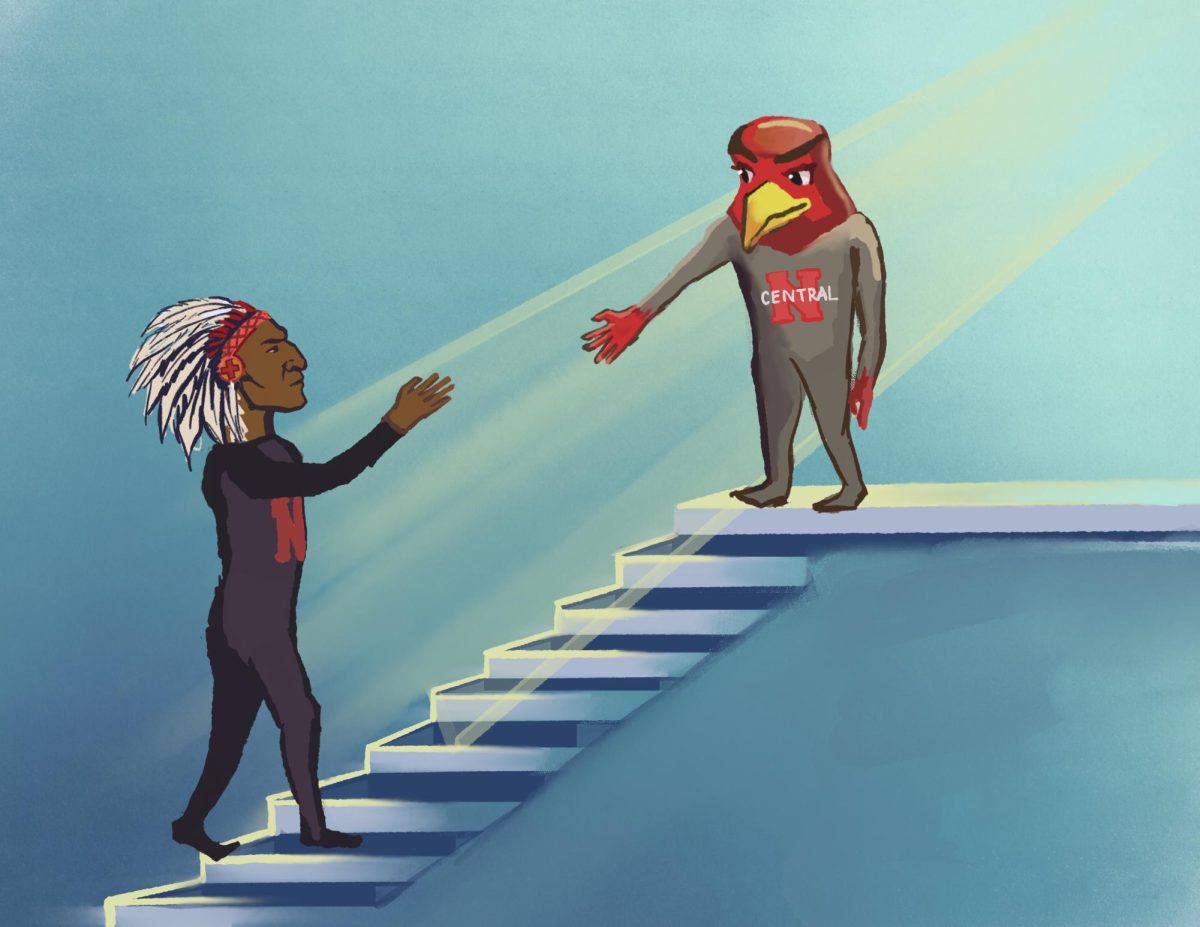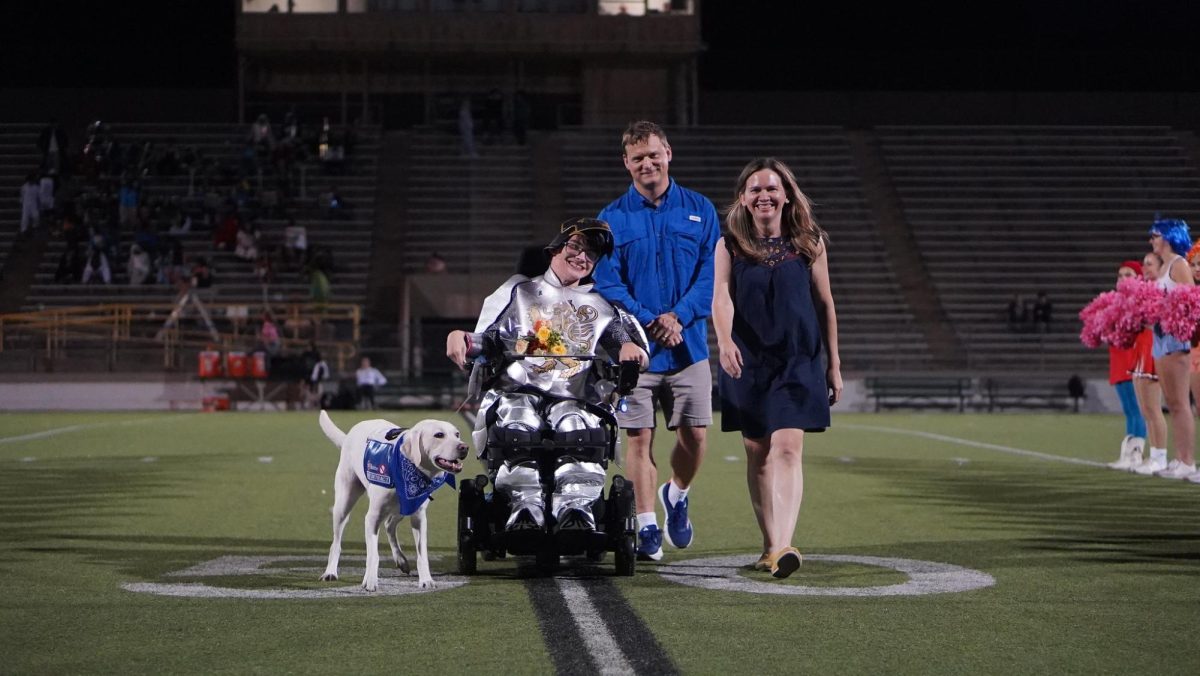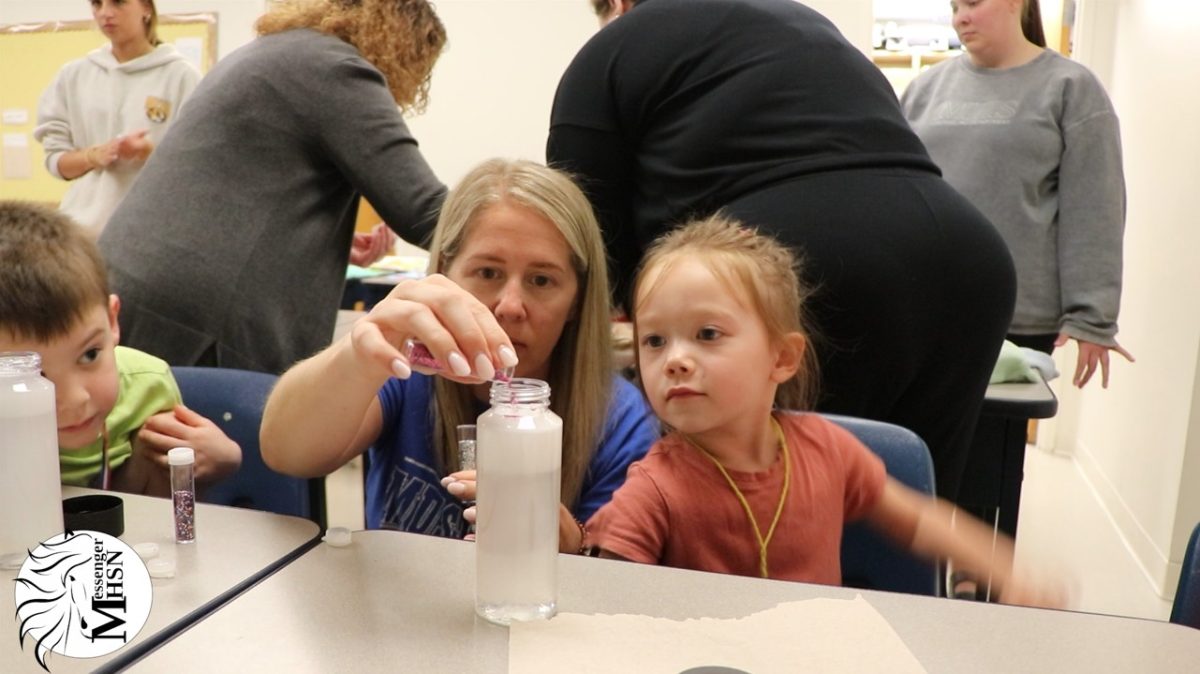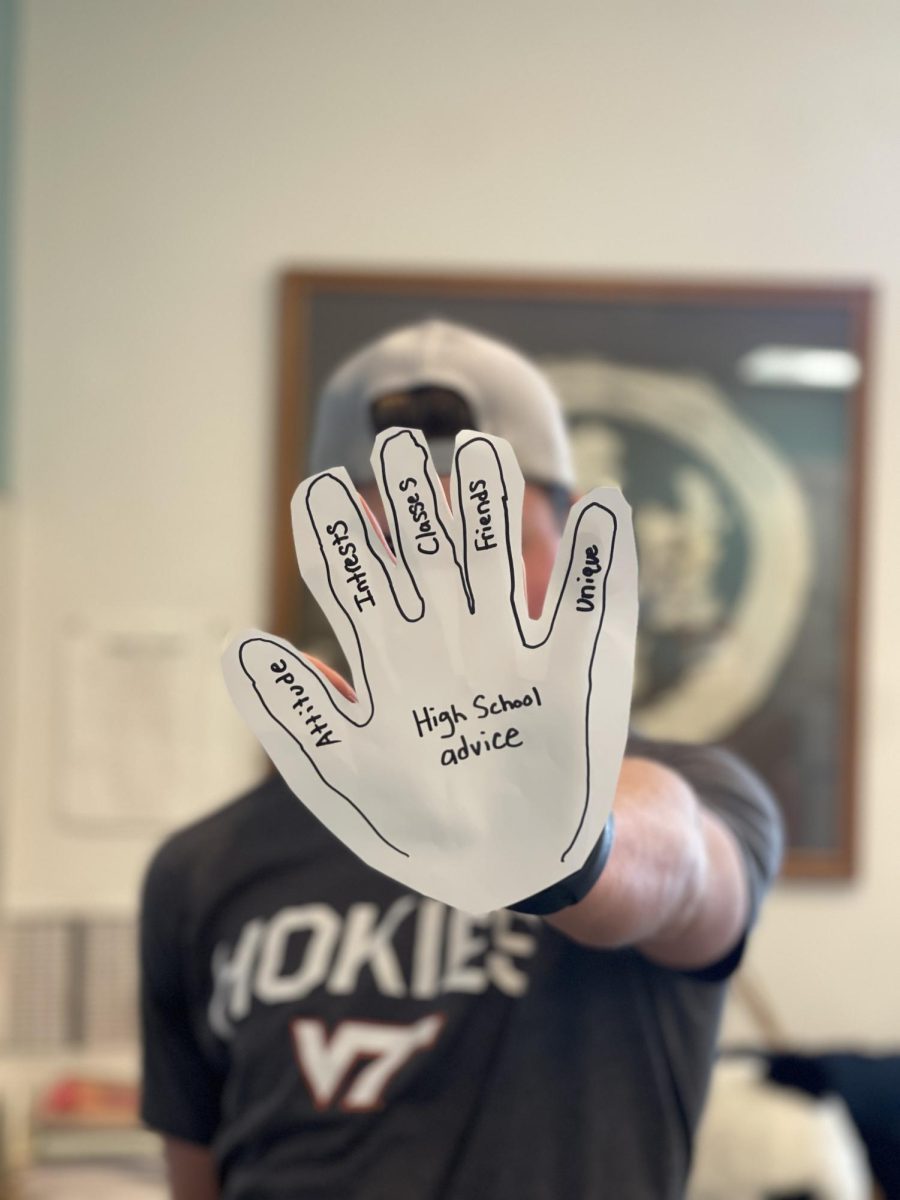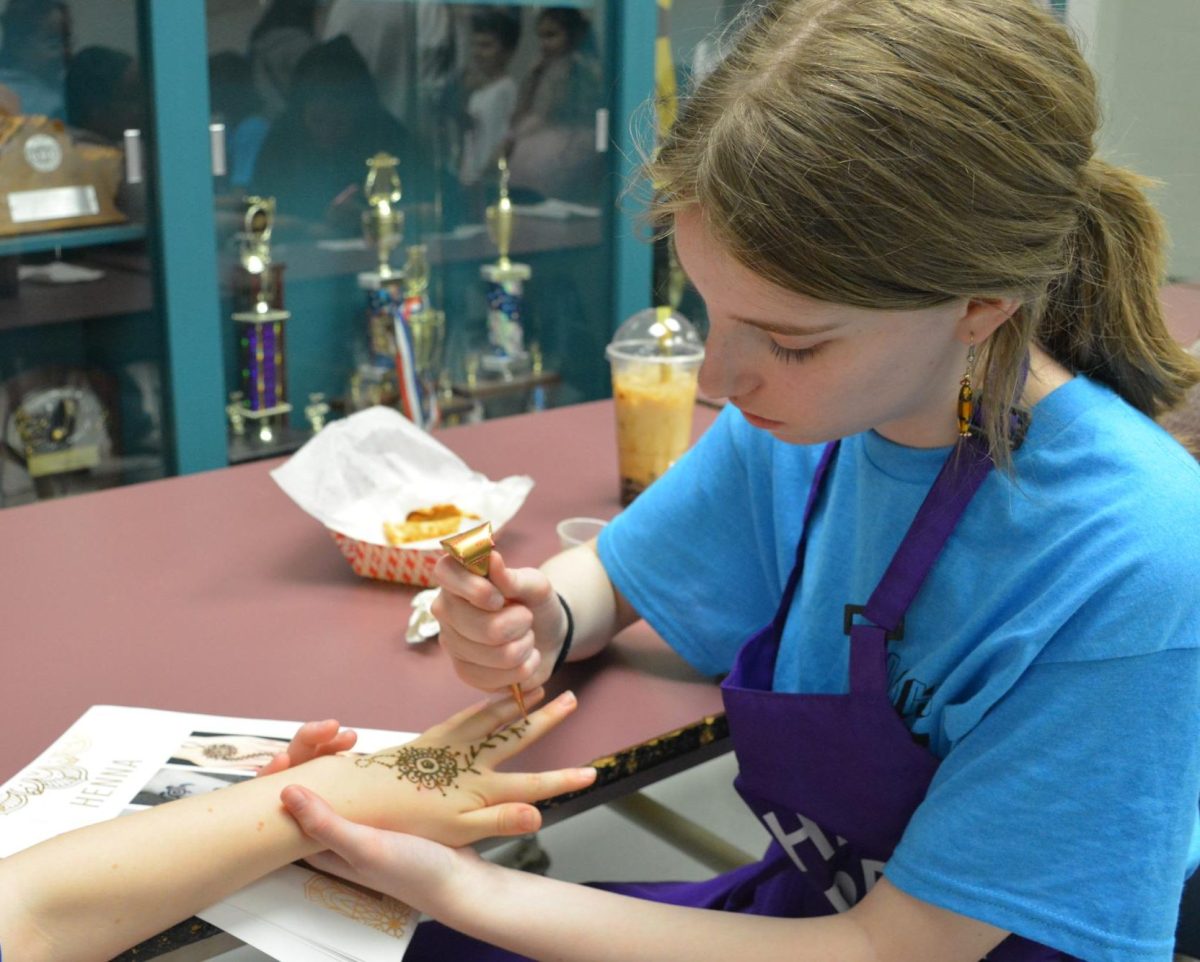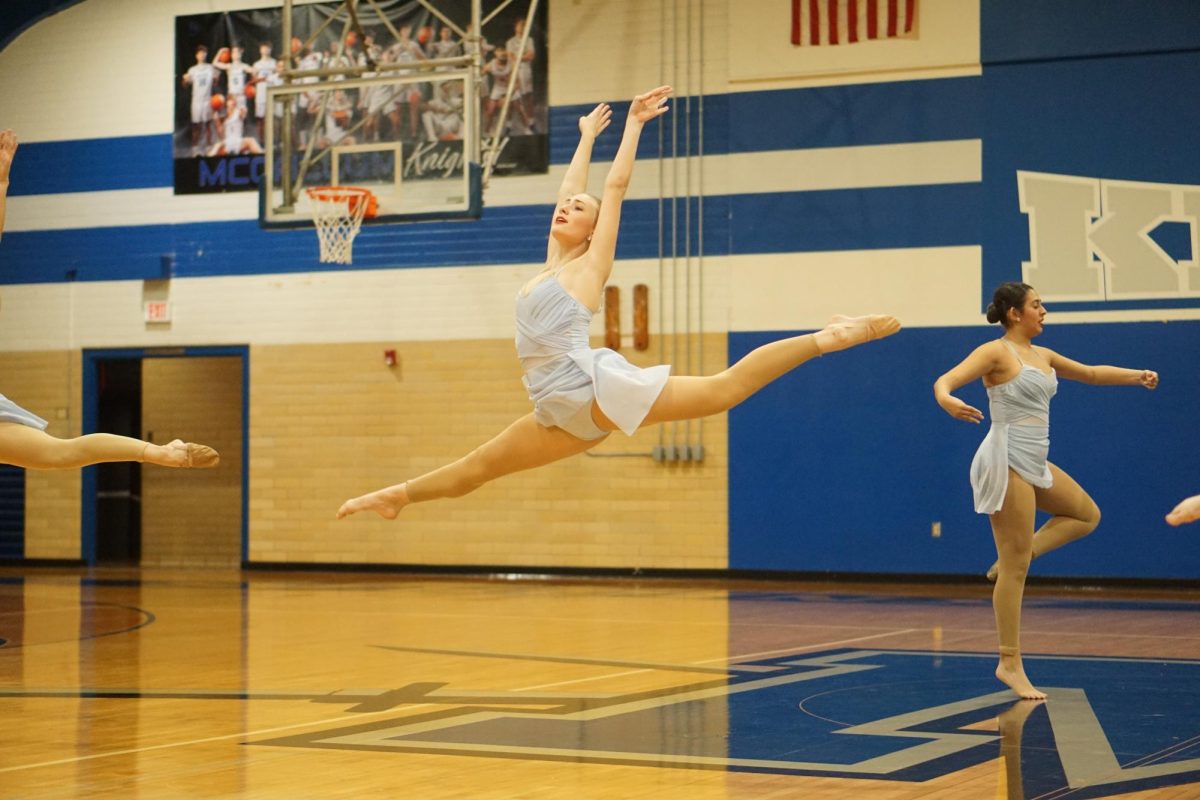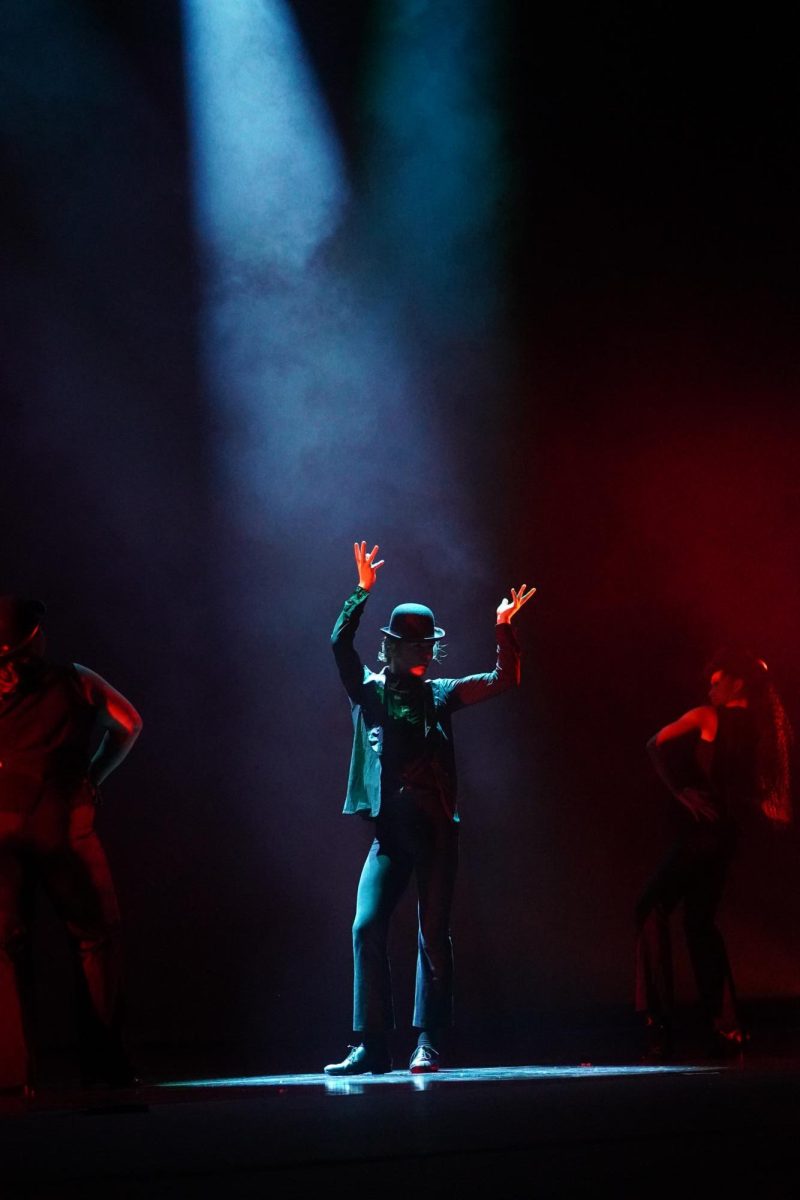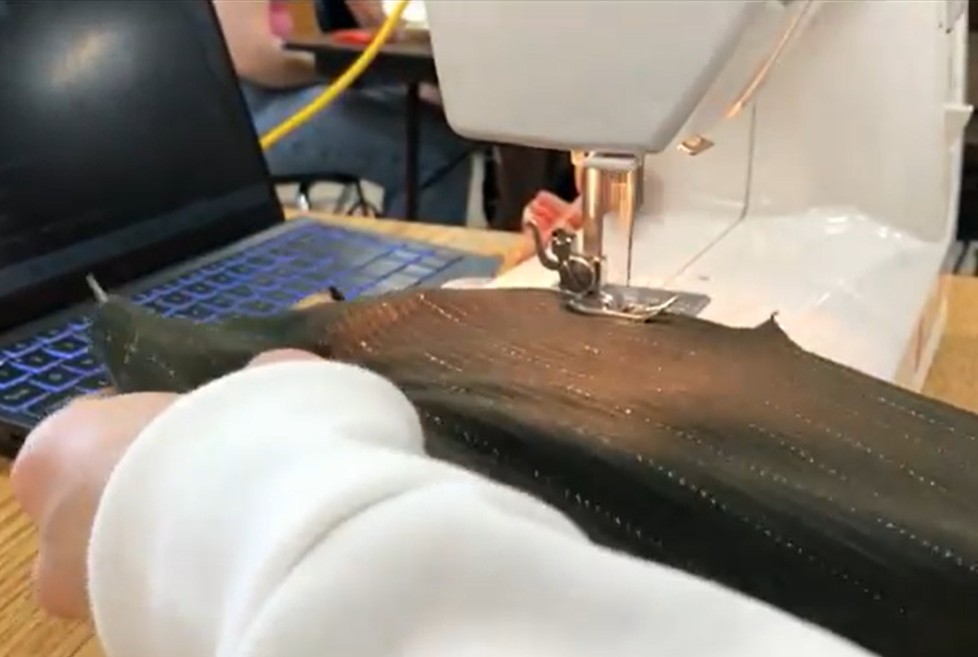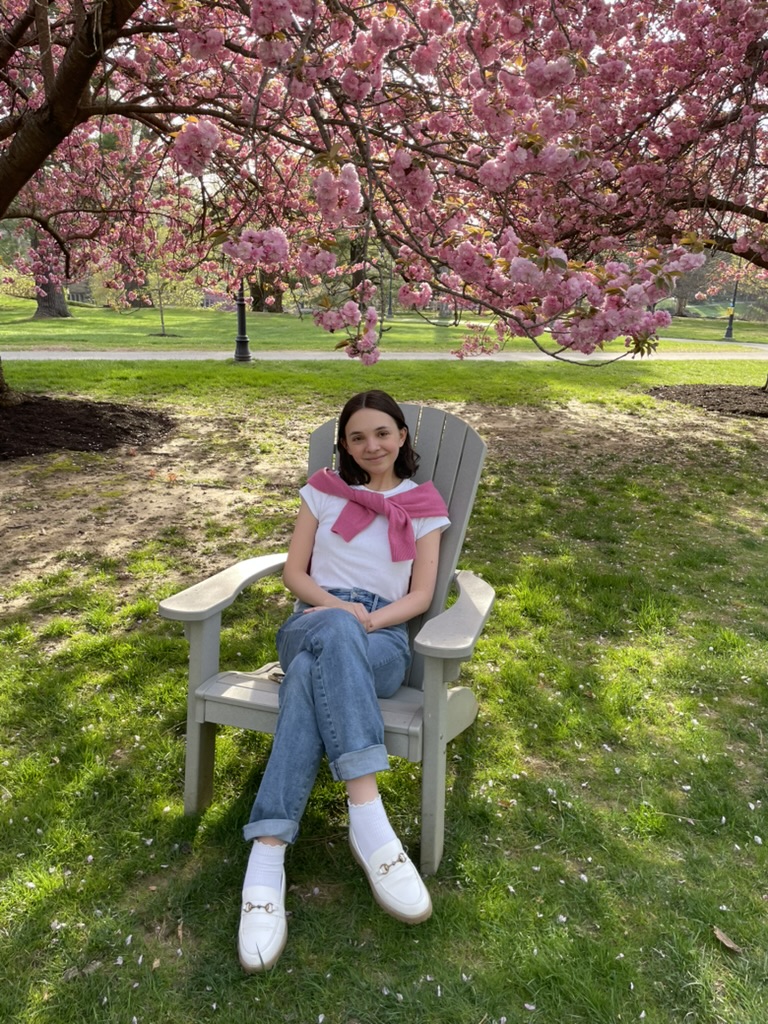Senior Sarah Schlapp used to be quiet in class.
“But coming to Masters and being in [middle school] classrooms, primarily with other women, I feel like I was never questioned about my worthiness of being able to make a good point in class,” she said.
When Schlapp came to Masters in sixth grade, before the Middle School fully integrated its classes to be co-ed during the 2021-22 school year, she was unaware of how formative it would be to learn in an environment where she felt like her voice was valued.
“It felt like everybody was on an equal playing field, and I never had to fight to try and get myself into the conversation.”
Because of her positive experience in a predominantly female and gender expansive classroom, Schlapp said she is excited to attend Bryn Mawr College next year – a historically women’s school.
This spring, as high school juniors begin to prepare lists of schools to apply to for the annual round of college admissions, the question is raised: are historically women’s colleges still relevant?
In the 1800s, higher education for women focused on home arts, propriety and sometimes teaching to prepare women for the domestic sphere. Curricula increasingly expanded around the turn of the century to include similar course offerings to those at colleges and universities for men, and the prestigious Seven Sisters league – a group of historically women’s colleges including Wellesley, Barnard, Smith, and others – was formally established in 1926. These early renditions of women’s colleges generally achieved their original goal: expanding access to postsecondary education to women.
Many elite institutions only started admitting women in the late 60s and early 70s. Princeton University and Yale University, for instance, did not graduate their first co-ed class until 1973.
The Case for Irrelevance
Despite historical exclusion from higher education, women make up 58% of all college students as of 2020, and 47% of women in America aged 25-34 hold bachelor’s degrees as opposed to 37% of men. The gender gap in college-level education has existed for decades – and continues to grow, with female students now overrepresented in the higher education pool.
Women are succeeding in their careers, too. In areas like law and medicine, they are making up nearly half of the professionals in their respective industries.
The New York Times held a print discussion in 2015 where professionals debated the necessity of historically women’s colleges in the wake of Sweet Briar College’s (later reversed) closing.
“The popular idea that single-sex education benefits women comes from anecdotes about female leaders who were educated in an era when elite colleges did not admit them. For example, Hillary Clinton attended Wellesley College, but she also graduated from Yale Law School, which was co-ed,” wrote Diane Halpern, former president of the American Psychological Association and author.
“It is precisely because girls and boys spend so much time apart, practicing different skills and relational styles, that they walk into college classrooms with different types of academic confidence and career ambition,” Lise Eliot, a neuroscience professor and author, added.
The Case for Relevance
Statistically, all women’s colleges produce more leaders in their respective fields than their co-educational counterparts. Bryn Mawr’s Dean of Undergraduate Admissions, Nichole Reynolds, also makes the case that such institutions serve as “empowering, inclusive and collaborative” environments for female and nonbinary students. Others argue that attending historically women’s colleges inherently undercuts gender bias present in co-educational environments.
“Attending institutions that are all about women empowerment, and all about the idea that women are as capable of achieving and doing the things that men do in society, is an amazing thing,” Director of College Counseling, Adam Gimple, said.
Although they hold more bachelor’s and master’s degrees than men, women still only represent one-third of Congress and 28% of the STEM workforce. The postgraduate hustle to compete for internships, schmooze professionals and ultimately land a paying job creates a demand for networking opportunities. That, Carolyn Hohl ‘21 says, was one of the driving reasons behind her choice to attend Wellesley College.
“It’s definitely kind of an atmosphere of…if I saw a hiring manager that went to Bryn Mawr, I could reach out and have a conversation, mostly because we both went to Seven Sisters colleges.”
In addition to lifting each other up in the professional world, Hohl also mentioned that her Wellesley peers have helped her in more personal aspects of postgraduate life, such as helping her search for a roommate to live with.
“The [Seven] Sisters community is really solid. I’m in a bunch of Facebook groups right now, and there’s still a connection between us, because we all have that experience of going to historically women’s colleges.”
Politics, too, have played a role in the resurgence of women’s colleges. Two years into President Donald Trump’s first term in 2018, Inside Higher Ed published a piece deeming the surge in yield rates at historically women’s colleges a “Trump Bump.” Quoted in the article, administrators at schools like Barnard and Bryn Mawr largely attributed their increase in yield to current events. In the wake of the 2016 election and the growing #MeToo movement, they said, students wrote more and more about pushing back against Trump’s policies and joining social justice movements in their application essays.
Historically women’s colleges and universities have a long legacy of political and social activism. Bryn Mawr students were deeply involved in the women’s suffrage movement, while Barnard alumni fought for civil rights well into their professional careers. While it’s too early right now to be sure, it’s possible that these colleges will see another “Trump Bump” in the coming years.
Nola Hirdt ‘26 is considering applying to Scripps College, a historically women’s school in California. “Living in a world right now where politics are the undertone to everything, it feels a lot safer and more comfortable to be around women,” she said.
This story was originally published on Tower on April 24, 2025.

